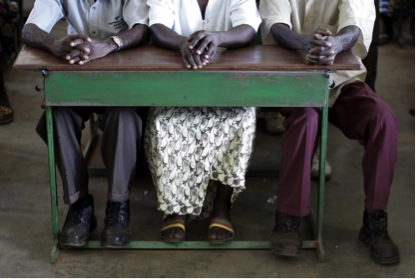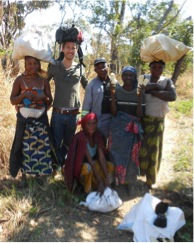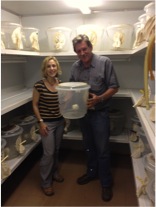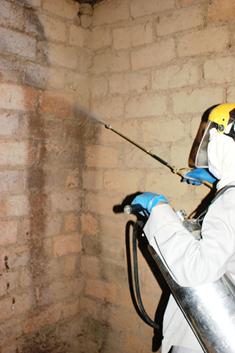Hi, my name is Brieuc Debontridder and I work for Tenke Fungurume Mining (TFM) in the Democratic Republic of Congo. I started working at TFM as a consultant from a social consultancy before joining the Resettlement Action Plan unit Management team as the survey team coordinator. I hold a MA of “Media Education, Culture and Society” with a specialization in “Communication for Development.” A travel lover, I did a six-month backpack trip in South America before moving out to the DRC. I’m a Belgian national and speak French, English, Spanish, Dutch and basic Swahili.
As a “Muzungu” (“white” in local language) expat in the DRC, I would like to share with you some thoughts about this intercultural experience. While we usually get a really stereotyped and unified picture of Africa, the reality is quite different. There is a lot of variety from a region to another. To illustrate my words, here are a few anecdotes that – besides the language barrier and the related (amusing) misunderstandings that we challenge when travelling – I have had the chance to experience in Congo:
- In my early days in Congo, I saw two men knocking their foreheads several times, I first thought they were fighting until I was invited to do so by a local colleague and friend after coming back from my holidays. I then realized that it was a way to greet someone you appreciate and I now feel really honoured when someone greets me this way.
- Part of my job here is to take census of people’s assets and fields. This means that I sometimes need to walk to their field or identify them on a map. Easier said than done! What I didn’t expect is that when a farmer tells you that his field is really close, you actually might have to walk for two hours to get there. You could then try to identify the field on a map to gain time but you would be really naive imagining that local farmers use maps to locate their field. Moreover, if my local colleagues could recognize the exact itinerary we had taken six months before, I would not be able to distinguish a tree from another in the bush and would get lost in less than a minute!
- Calling someone on a telephone in another language has always been a challenge for me and, supposedly, for lots of people. It gets even more complicated when the communication standards are not the same. For instance, it is not common in Congo that people calling you introduce themselves with a “Hi, it’s Serge calling, how are you?” and concludes the call with an usual “OK, thank you, we talk later, Bye…”. They actually don’t use these formulas and would not hesitate to hang up when they assume the message has been given and without having introduced themselves; I’ll let you imagine how confusing it is. So if you ever go to Congo, don’t take it personally if someone hangs up on you.
- Despite these cultural differences, what surprised me the most is that we are fundamentally very similar. For instance, either in a village in the Congolese bush or in a neighbourhood in a Western big city, you find the same group dynamic and the same kind of personal characteristics.
 To conclude, I would say that though I arrived in Congo trying to remember as much as possible what I learned from my “Intercultural Communication” class, I realized that the most important method of communication is to act as naturally as possible, to be open-minded and to respect and avoid judgement on someone else’s behaviour and culture. It is then sometimes worth exposing your cultural differences to create a contact with the locals.
To conclude, I would say that though I arrived in Congo trying to remember as much as possible what I learned from my “Intercultural Communication” class, I realized that the most important method of communication is to act as naturally as possible, to be open-minded and to respect and avoid judgement on someone else’s behaviour and culture. It is then sometimes worth exposing your cultural differences to create a contact with the locals.














